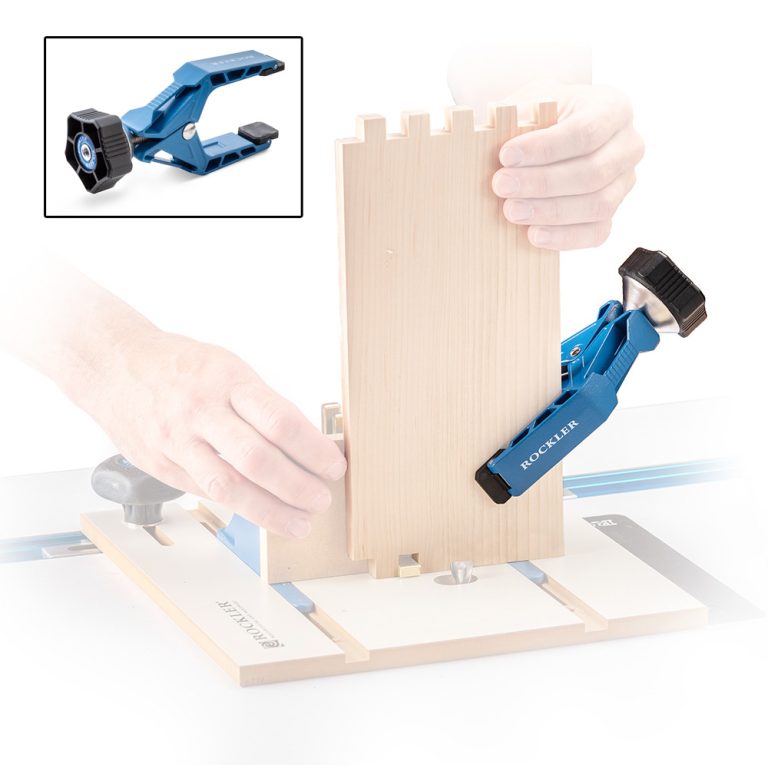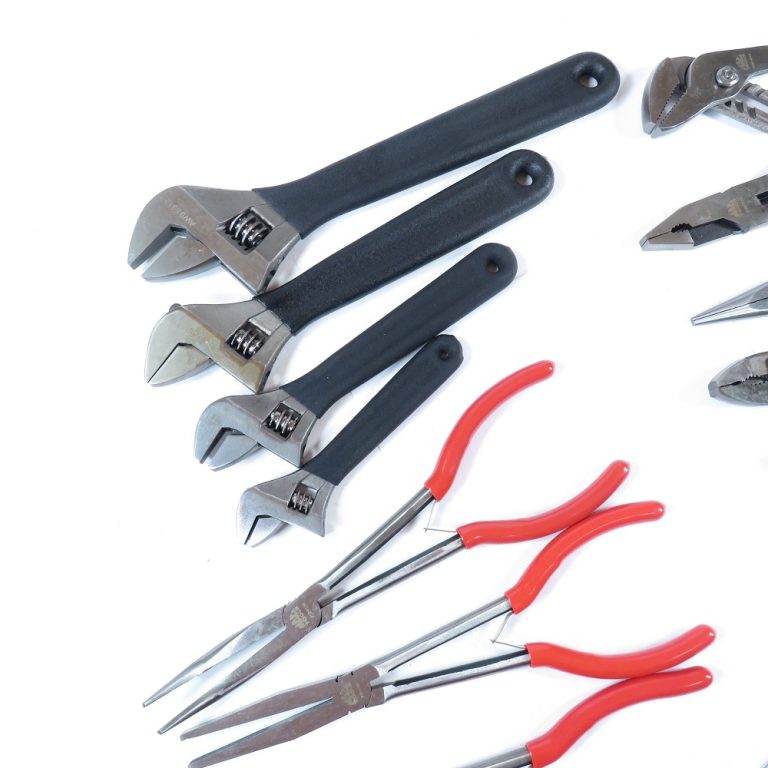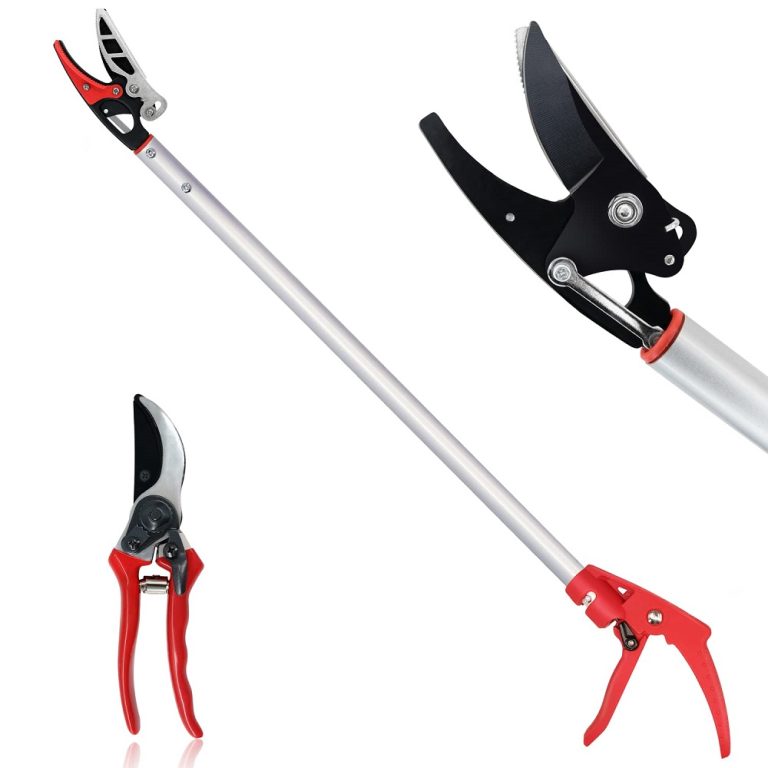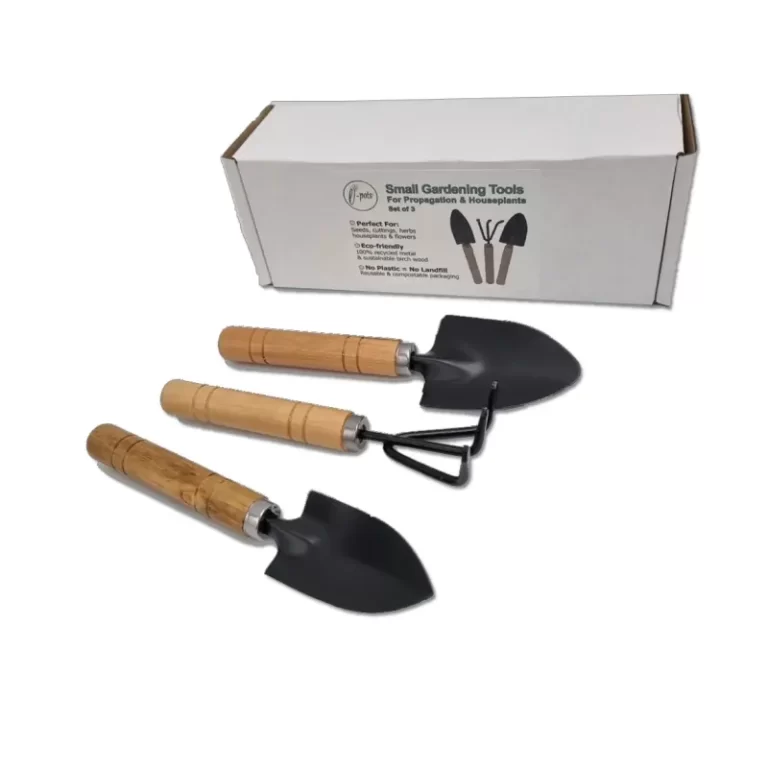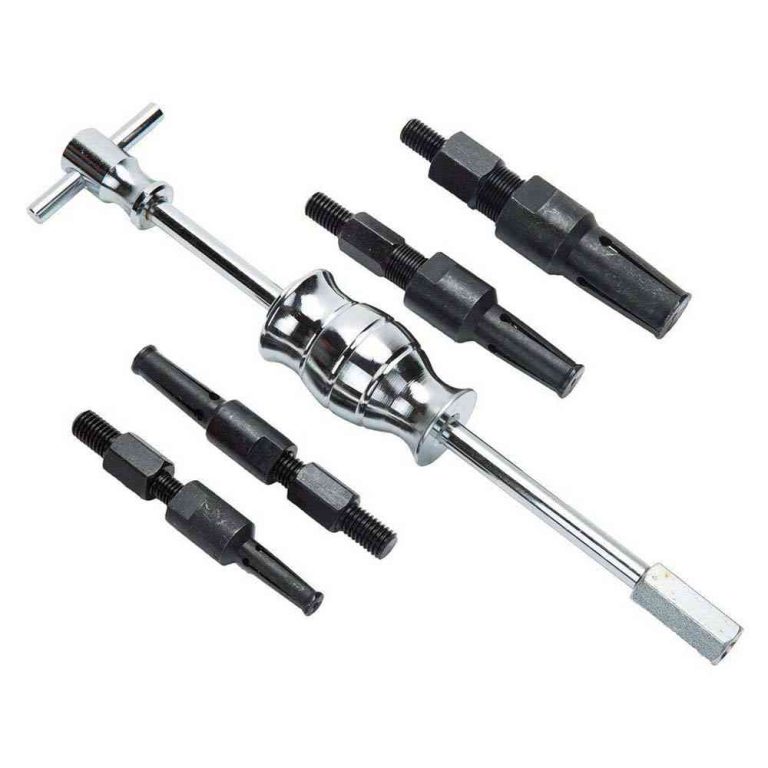Introduction to Saw Types and Their Uses
Selecting the right saw for your project is crucial for efficiency and precision. Here, we’re diving into the world of saws so you can understand the different kinds and their uses. Different kinds of saws:Whether you’re a seasoned woodworker or starting a DIY project, knowing your tools will save you time and produce better results.
Understanding Hand Saws
Hand saws are basic yet essential. They come in various shapes and sizes, each tailored for specific tasks. From rip saws meant for cutting with the grain to coping saws designed for crafting intricate curves, the type of hand saw you select can greatly impact the quality of your work. Mastering the use of hand saws is a skill that can elevate your woodworking to new heights.
Advantages of Power Saws
Different kinds of saws:Power saws bring speed and additional precision to woodworking and other crafts. These electric or battery-powered tools make quick work of cuts that would take much longer by hand. With innovations such as the circular saw for straight cuts or the band saw for resawing, power saws have fundamentally changed the landscape of project work, making it possible to tackle complex tasks with ease and confidence.
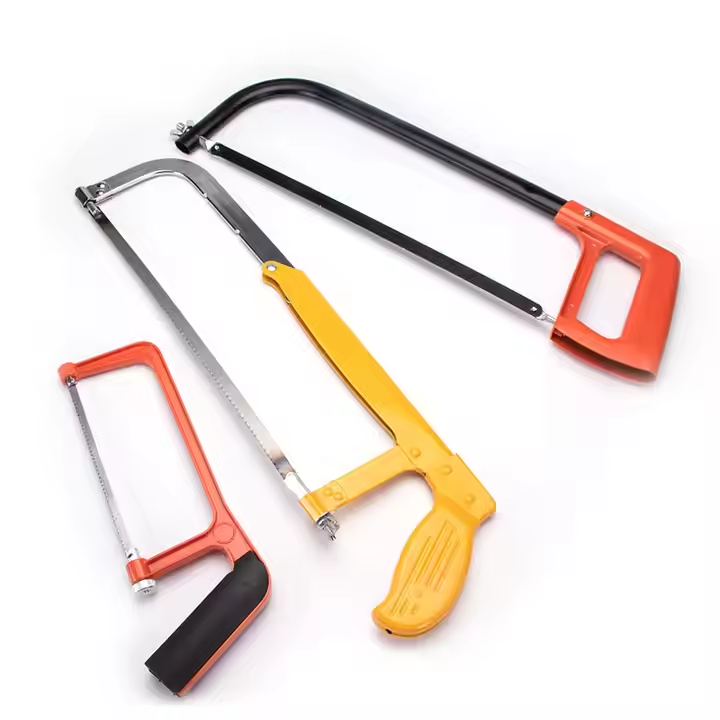
Hand Saws: The Essentials for Woodworking
Different kinds of saws:Hand saws are classic, reliable tools for detailed woodworking.
Rip Saws: Ideal for Cutting With the Grain
Rip saws have large teeth and make quick work of lumber along the grain.
Crosscut Saws: Designed for Cutting Across the Grain
Crosscut saws have smaller, fine teeth for smooth cuts across wood fibers.
Back Saws: Precision in Joinery Work
Back saws, with their stiff backs, are perfect for precise wood joinery cuts.
Coping Saws: Crafting Intricate Curves
Coping saws are the go-to for detailed, curved cuts in wood.
Hack Saws: Versatile Tools for Metal Cutting
Hack saws are robust; they cut through metal, vital for plumbing and metalwork.
Bow Saws: Perfect for Outdoor Rough Cuts
Bow saws handle outdoor cutting, great for pruning trees or rough lumber cuts.
Power Saws: Efficiency Meets Precision
Power saws enhance cutting speed and precision. They handle tough tasks that hand saws can’t, from cutting thick lumber to detailed decorative work.
Circular Saws: Flexible Tools for Straight Cuts
Circular saws are versatile power tools. They have a spinning blade suitable for straight cuts in many materials. These tools work well on wood, metal, and some plastics.
Table Saws: Stability and Precision in the Workshop
Table saws offer a stable base and precise cuts. They are great for handling large pieces of wood. Think of them as essential for detailed furniture making.
Miter Saws: Expertise in Angled Cuts
For sharp and accurate angled cuts, miter saws are the best. They suit projects needing exact angles, like frames or moldings.
Jigsaws: The Go-To for Curved and Complex Patterns
If your project requires intricate curves or patterns, jigsaws are ideal. Different kinds of saws:They navigate tight turns easily, making them perfect for puzzle making or scroll work.
Reciprocating Saws: The Powerhouses of Demolition
Reciprocating saws excel in demolition. They tear through wood, metal, and even masonry. Their robust design fits tight spaces and challenging cuts.
Band Saws: Ideal for Resawing and Curved Cuts
Band saws make resawing and curved cuts seamless. Their continuous blade loop handles woods and metals, broadening project possibilities.
Scroll Saws: Excellence in Detailed Work
Scroll saws are made for precision. They excel in making detailed cuts in thin materials, ideal for crafting delicate designs and artwork.
Chain Saws: Essential for Tree Felling and Pruning
Chain saws are powerful tools for cutting trees and large branches. They are a must-have for forestry and major landscaping projects. Whether powered by gas or electricity, chain saws make quick work of thick materials.
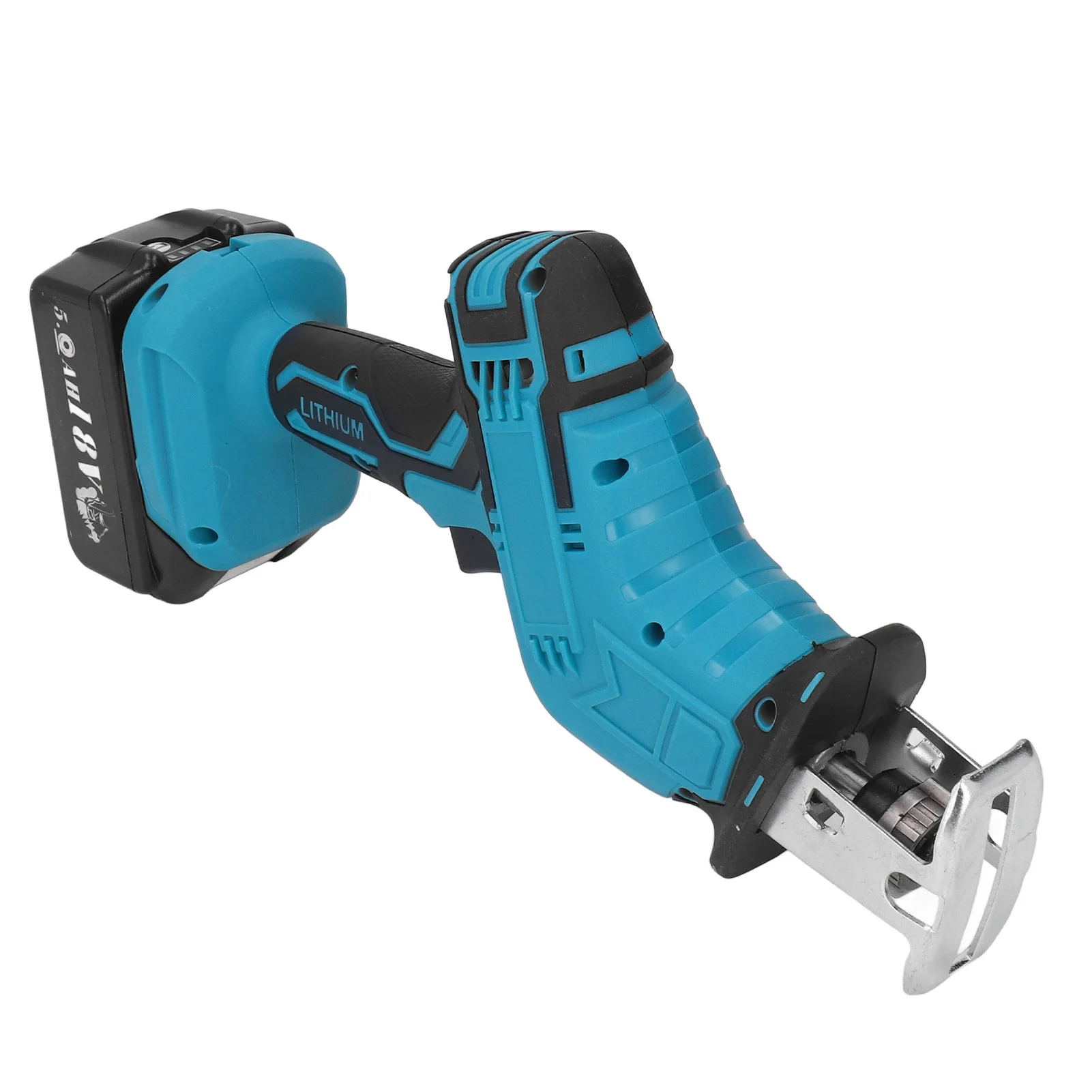
Specialized Saws: For Specific Material and Projects
Some projects need tools designed for particular materials or situations. Here, we’re focusing on specialized saws that excel in these unique tasks.
Keyhole Saws: Navigating Awkward Cuts in Soft Materials
Different kinds of saw:With a pointed, narrow blade, keyhole saws are perfect for small, tricky shapes. They’re ideal for cutting through drywall or soft panels during installations or repairs.
Flooring Saws: Tailored for Flooring Material Cuts
Flooring saws are must-haves for perfect cuts in hardwood, laminate, or vinyl. Manual or power-operated, these saws lay the groundwork for flawless flooring.
Tile Saws: Precision Cutting for Renovation Projects
Tile saws make precise cuts in tile without breaking or chipping. They use water and a diamond blade for neat jobs in renovations or backslashes.
Unique Appeal of Japanese Saws
Japanese saws stand out in the tool world, their unique design, precision, and efficiency making them favorites among woodworking enthusiasts globally. Unlike Western saws that cut on the push stroke, Japanese saws are crafted to cut on the pull stroke. This fundamental difference not only allows for increased accuracy but also requires less power, minimizing fatigue during use. They offer smoother starts and splinter-free cuts — a quality highly valued in fine woodworking.
The Pull-Stroke Advantage
This pull-stroke action is where Japanese saws really shine. When you pull the blade toward you, the force applied is more naturally distributed, providing a straighter, more controlled cut. This method puts less stress on the material you’re cutting, lending to the finesse Japanese saws are known for. The thinner blade creates less wood waste and achieves finer cuts, perfect for intricate work where detail is paramount. Enhanced control and refined output add to the appeal, making them a prime choice for serious woodworkers looking to elevate their craft.

Selecting the Right Saw for Your Project
Choosing the right saw is vital for project success. Different kinds of saw:It ensures clean cuts and efficient work. To select wisely, consider your project’s needs and the material you’ll cut.
Assessing Project Requirements and Material
Start by examining your project’s goals. Think about the cuts you need: straight, angled, or curved. Note the material’s hardness and thickness. For instance, hard metals need different saws than softwoods. Also, consider the precision level you desire. Precision jobs call for special saws like back or Japanese saws.
Matching Saws to the Job
After noting your requirements, match them with the right saw. For straight, long cuts in wood, consider a rip saw. For precise angles in woodwork, a miter saw may be best. When facing thick logs or outdoor tasks, a chain saw is likely your top choice. Always match the saw’s design and features to your project’s specifics. This ensures you work smarter, not harder.
By picking the correct saw, you improve accuracy and enjoy your project more. Get to know different kinds of saws and you’ll pick the right one with ease.
Miter Saw: Perfect Cuts for Details
Miter saws are an essential tool for woodworkers and professionals alike. They specialize in making precise angled cuts, known as miter cuts. Different kinds of saw:These cuts are critical for projects such as framing, trim work, and crown molding. Miter saws ensure accuracy, making them invaluable for detailed tasks.
There are two primary types of miter saws: compound and sliding. Compound miter saws allow users to make bevel cuts in addition to miter cuts. Sliding miter saws, however, feature rails that enable longer cuts. This added functionality enhances their usability for larger materials, such as wide boards.
Miter saws come equipped with various features that improve cutting accuracy. Most models include a laser guide that shows the cutting line. Additionally, many have adjustable fences for securing the material being cut. These features promote smooth and precise cuts, saving both time and material.
User safety is crucial when operating miter saws. Always ensure sturdy footing while using the saw. Properly securing materials is essential to prevent movement during cutting. Additionally, protecting hands and eyes from debris is vital for maintaining a safe working environment.

Conclusion
Wrapping up this comprehensive guide, having the correct saw is fundamental for project success. Every task requires a specific type of saw, depending on the material and desired outcome. This selection process, though it may seem daunting, becomes smoother as you gain more understanding and experience with the different kinds of saw.
Making the Most of Your Sawing Experience
To maximize your sawing efficacy, keep these tips in mind:
- Always choose the right saw for your specific project needs.
- Ensure your saw blades are sharp and well-maintained.
- Use safety gear like goggles and gloves to protect yourself.
- Measure twice and cut once to avoid wastage and ensure precision.
- Seek advice from experienced woodworkers or professionals when unsure.
By adhering to these simple guidelines, you enhance not only the precision of your cuts but also your overall enjoyment and safety throughout your project. Remember, the right tool not only does the job better but also makes it easier and more enjoyable.

